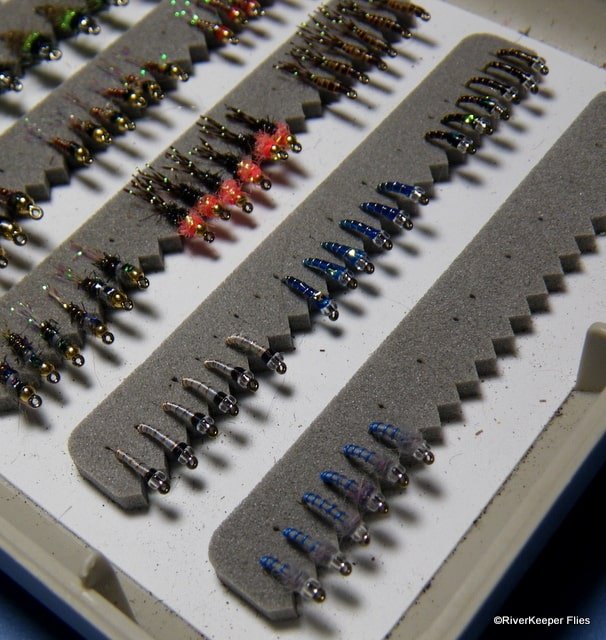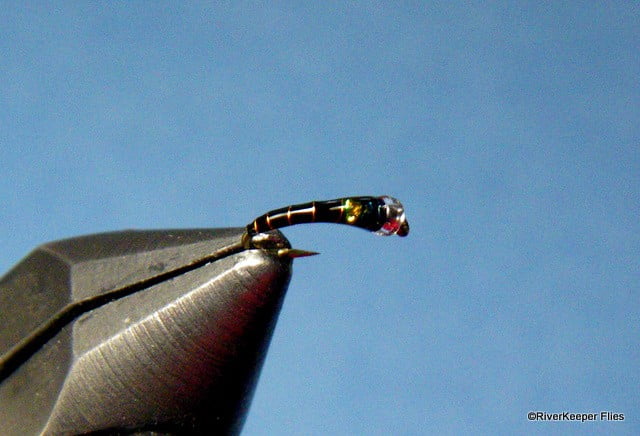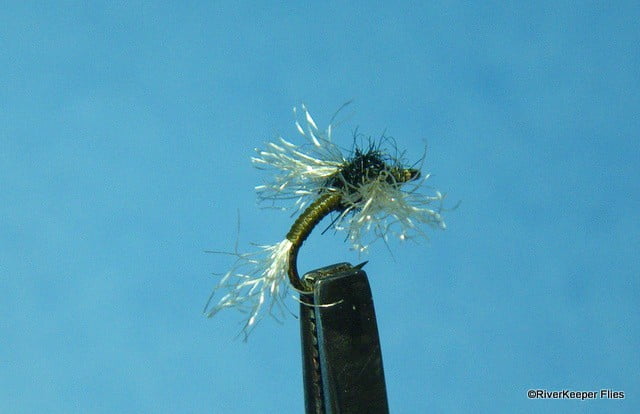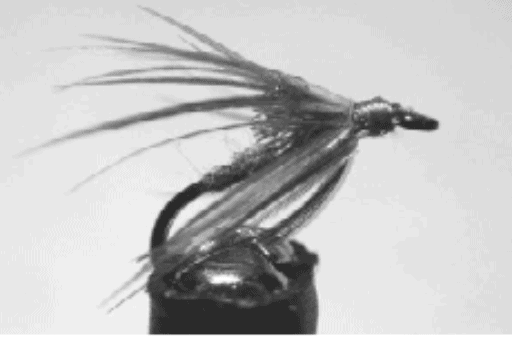Midges. Do you know what a midge is? And how important midges are in the trout’s diet? Very! You’ll find midges in rivers and lakes.
Most of the time, midge pupae are the fly patterns experienced fly fishers concentrate on fishing. More on what that means shortly.

I just finished these flies as I complete my Crooked River Fly box. I still have a few slots open.

Midges are from the order Diptera. You might recognize the common names – house flies, black flies, mosquitoes, gnats, crane flies, horse flies. These bugs are very different than what we normally imitate – mayflies, caddis, and stoneflies.
Here is a midge cluster I found along the river a few weeks ago…size 18 – 20.

The next level down in taxonomy is family. That’s where we get the name Chironomidae…or what us fly fishers would shorten to Chironomids…or just midges. There you go, simple isn’t it? (Disclaimer: I’m not a scientist. It just makes sense to me.)
What I don’t understand is how trout expend so much energy to eat a TINY insect. Big midges are in the #10 – 12 range, but more likely in 18, 20, 22, 24…you get the picture.
Try threading your leader into the eye of a 22 or 24. Or find that fly once it’s out on the water. Tough to do.
Thank goodness for larvae and pupae.
I thought I’d provide a short description of the midge life cycle. So let’s start at the beginning. This will be a very simplistic version of the life cycle. Remember, I don’t have a degree in aquatic entomology…I’m just a fly fisher.
Like all the bugs fly fishers are interested in, midges start out as an egg. When the egg hatches, it becomes a larva…kinda like a worm or maggot.
Larvae live on the bottom, living in the mud or free-roaming. This phase is a difficult phase to imitate and get the fish’s attention.
Next is the pupae stage. This is where larvae develop wing pads and gills. Keep these two features in mind, as they are very important to the fly fisher and the flies used to imitate pupae. When it’s time to hatch, pupae will begin a slow migration to the surface using gases created internally…another feature important to the fly fisher. The slow migration is important because midges will concentrate in certain sections of the water column. If you aren’t catching fish, change the depth of the fly being fished. Sometimes a slight change is all that is needed to catch fish.
Hatching into the adult phase is similar to the mayfly. Midges get to the surface and “emerge” from the pupal shuck or exoskeleton…and quickly fly away.
Let me reinforce the features important to the fly fisher:
- wing pads
- gills
- gases (or shimmer)
Effective flies will incorporate one or all of those features. Even if you don’t tie flies, look for those features at the local fly shop when purchasing midges.
Here are the three midge patterns I just finished tying for the Crooked River Flies box.



Check out the fly pattern pages for these flies as there is additional information and pictures.
These fly patterns are from a reliable source – Bill Seitz who has fished the Crooked River and catches TONS of fish on these same flies. I’m creating a Crooked River Flies page to highlight effective fly patterns for the Crooked River.
Just to reinforce an important feature, here’s a great example of a chironomid with gills I fish in lakes.

Note the white gills? Remember those features I mentioned?
Lastly, how about an adult pattern. Seems like most of the time they hatch too fast for the trout to take note. Not always, but it’s a general rule.
So here are a couple of midge dry fly patterns.

The Griffiths Gnat is an imitation for a midge cluster…when several midges are clustered together in a mating swarm. Remember the first picture?

And the Zelon Midge, a fly pattern from Blue Ribbon Flies in West Yellowstone, Montana imitates a hatching midge for those special times you’ll find trout sipping them.
Well, today’s lesson is done, but there’s one outstanding question in my mind. Why do trout eat them?
I’ve read that midges may be the most important insect in the trout world. Hard to believe that statement, isn’t it?
Think about those big dinners they get from a salmonfly or golden stone. How about huge caddis clouds?
Well, those insects don’t hatch year around like midges. Even though midges are small, they are very important in a trout’s diet.
Hopefully, today’s post reinforces why it’s important to know a little about the midge life-cycle. You’ll need different flies to imitate them as well as an understanding where in the water column to fish you flies.
A couple other things:
- If you’d like to receive an email when a new Blog is Posted, be sure to sign up in the SUBSCRIBE area on the sidebar of this page.
- Be sure to check out the Fly Patterns page on the website as I continue to add patterns I fish. Don’t tie? That’s OK. Many of these patterns can be found in your local fly shop.
- Feel free to share with your friends by copying the link to my website (www.johnkreft.com), or using the buttons below to SHARE on your Facebook page or pin pictures to Pinterest.
- If you’d like to follow me on Facebook, click Follow RiverKeeper Flies on the sidebar where I add a few pictures and thoughts.







Great Website. Lots of usable information pertaining to central oregon.
thanks john
well presented
Paying attention to what matters most
Thanks John valuable post. If you would leave out the disclaimers you could well pass as an entomologist. Keep on tying!
Great information. Thanks